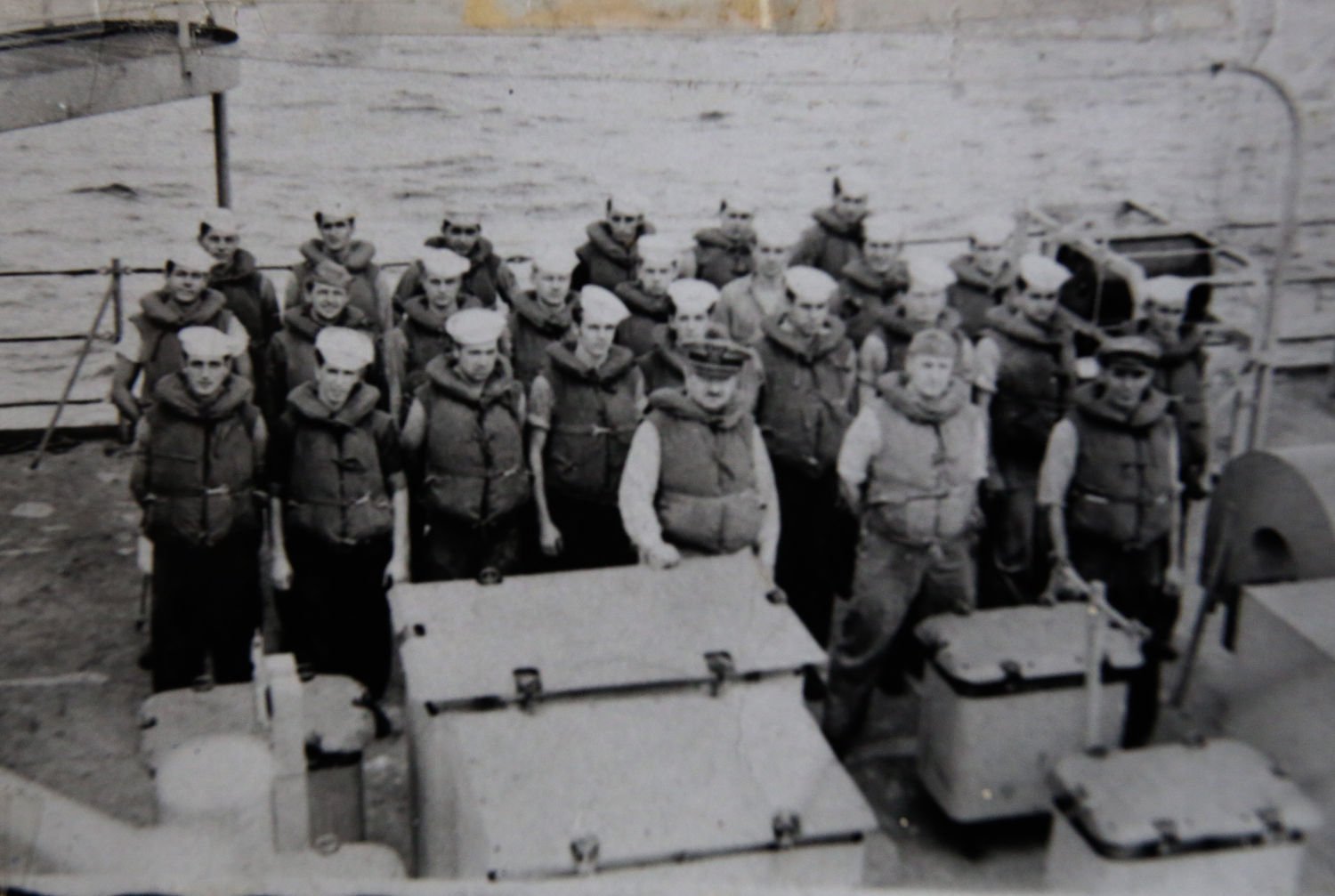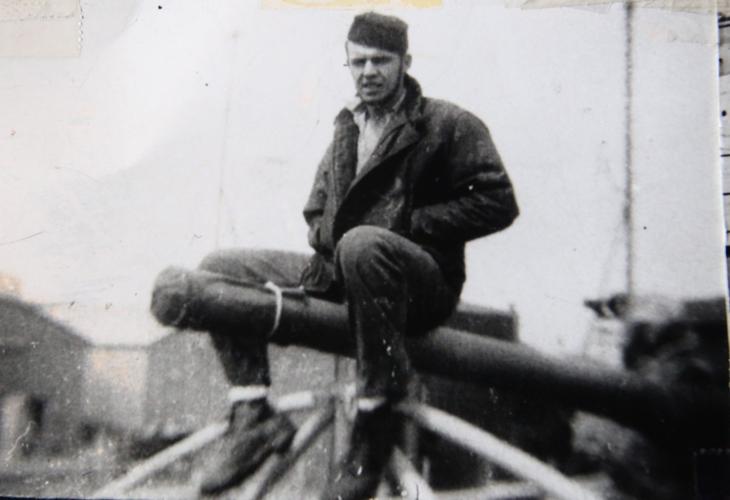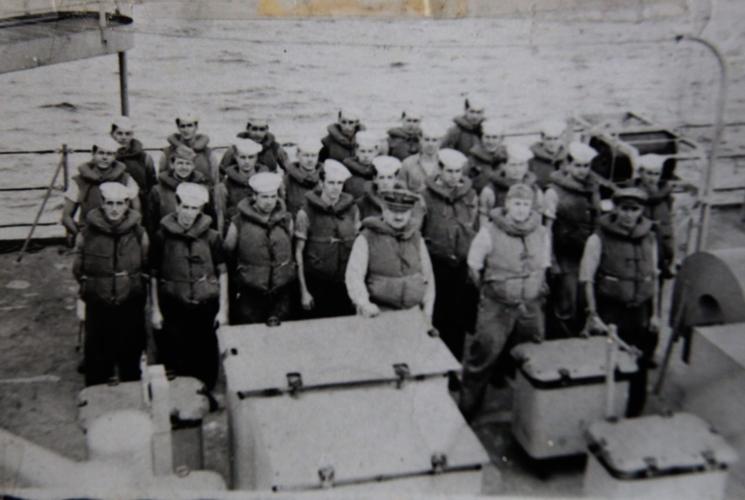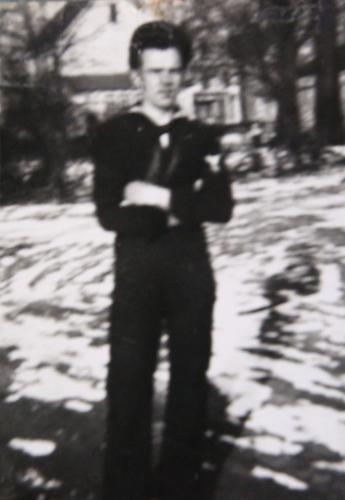Bill Deyoe figured he would be drafted into service for World War II when he turned 18.
So, the then-17-year-old decided to get ahead and enlist, but he would need one of his parents to sign for him. He knew his mother would never do it, so he asked his father.
“It was after the Battle of the Bulge and we were already starting to go into Germany so my dad said, ‘Ah, it’ll be OK,’” and signed for him to enlist, Deyoe, 88, recalled.
Deyoe went into the Coast Guard and, with war winding down in Europe, most Coast Guardsmen were sent to the Pacific.
 |
Deyoe, however, was placed on the USS Manitowoc, a frigate, out of the Boston Navy Yard. The ship’s mission was to conduct weather patrols in the Atlantic, which meant it would sail directly into storms to collect data.
“We didn’t have the kind of weather technology we have now,” Deyoe said.
These weather patrols took the Manitowoc across the Atlantic from the Azores to the Denmark Strait sailing with some intense storms. “That darn ship held up,” he said.
The data relayed back kept ships across the Atlantic informed of weather conditions so they could move safely. Many of those ships, Deyoe said, were sailing from Europe to go through the Panama Canal on their way for the impending invasion of Japan.
Deyoe worked down in the engine room on the Manitowoc keeping check on the fresh water aboard the ship.
He insists that he didn’t do much important work for the war and he didn’t save anyone’s life.
 |
Except for that time he saved his friend from a shark.
His friend went into the water off the Manitowoc so the Coast Guardsmen could practice water rescue. While his friend was in the water on one side of the ship, Deyoe, on the other side, looked down to see a fin cutting through the water about 50 or 75 feet away.
“I never saw a shark really before. I looked at it and said to my buddy, ‘Hey that looks like a shark fin,’ and he said, ‘Yeah, it does,’” Deyoe recalled.
Deyoe ran to the other side of the ship to alert his pal and his other shipmates.
“He swam like hell,” Deyoe said.
He left the Coast Guard in June of 1946 and met his wife, Mary Lou, in their native Schenectady, New York the same year. The two have been married for 68 years with three children.
They moved to Tucson in 1959 and Deyoe worked as a contractor for decades, doing demolition work across the city.
“I always say I tore half of Tucson down over the years,” Deyoe said.
 |
His two sons worked for him in the business. His son Bob Deyoe said his dad would never ask him to do anything he wouldn’t do himself.
“The work ethic of that generation is so different from every other generation I’ve worked with,” he said.
Deyoe would recall his time in the Coast Guard with fondness and color, Bob Deyoe said.
“People would ask him about his service and he would always joke that he won the war,” he said.
Deyoe has other stories from his time on the Manitowoc from his mess duty to particularly nasty storms.
He said what he’s carried with him from the Coast Guard through the year is the discipline that service taught him.
“I just did my job,” he said. “I just minded my own business and did what I was supposed to do.”







